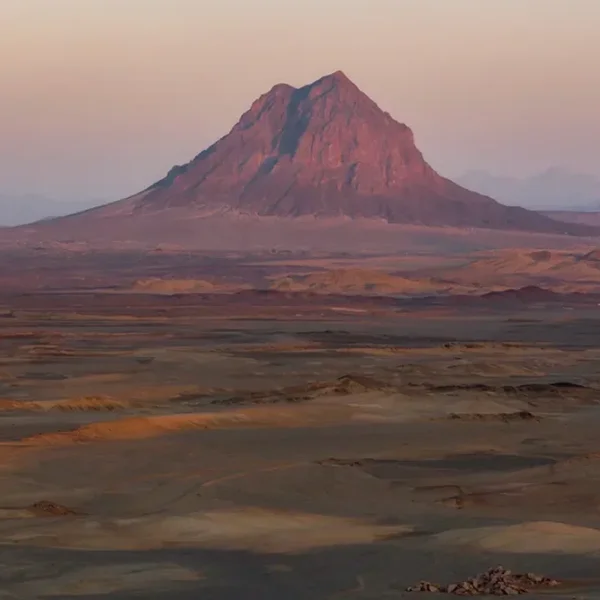Pakistan to witness first Supermoon of 2025 on Tuesday
The Supermoon will reach its peak brightness at 8:47 p.m. (Pakistan Standard Time), shortly after sunset

Javed Hussain
Correspondent
I have almost 20 years of experience in print, radio, and TV media. I started my career with "Daily Jang" after which I got the opportunity to work in FM 103, Radio Pakistan, News One, Ab Tak News, Dawn News TV, Dunya News, 92 News and regional channels Rohi TV, Apna Channel and Sach TV where I worked and gained experience in different areas of all three mediums. My journey from reporting to news anchor in these organisations was excellent. Now, I am working as a correspondent with Nukta in Islamabad, where I get the opportunity of in-depth journalism and storytelling while I am now covering parliamentary affairs, politics, and technology.

The Pakistan Space and Upper Atmosphere Research Commission (SUPARCO) has announced that the first Supermoon of 2025 will illuminate the night sky on Tuesday, offering a spectacular celestial display visible across Pakistan and the rest of the world.
According to SUPARCO spokesperson Maria Tariq, a Supermoon occurs when the Moon reaches the closest point to Earth in its elliptical orbit, making it appear about 14 percent larger and up to 30 percent brighter than an average full moon.
The October Supermoon will reach its peak brightness at 8:47 p.m. (Pakistan Standard Time), shortly after sunset. It will rise in the eastern sky and set just before sunrise in the west. On this night, the Moon will be 224,599 miles (361,867 kilometers) from Earth — appearing approximately 6.6 percent larger and 13 percent brighter than a typical full moon.
This will be the first of three Supermoons of 2025. The next ones are expected to appear on November 5 and December 5, respectively.
SUPARCO stated that the brightest Supermoon of the year will occur in November, when the Moon will be just 221,817 miles (357,040 kilometers) away from Earth.
Adding to the event’s beauty, the planet Saturn will be visible near the Moon on the nights of October 6 and 7, appearing to the left, or western side, of the glowing lunar disk.
SUPARCO emphasized that such astronomical events not only offer stunning views but also serve as a reminder of the dynamic and intricate movements within the solar system. Astronomy enthusiasts, photographers, and skywatchers have been encouraged to witness this rare and captivating display.










Comments
See what people are discussing